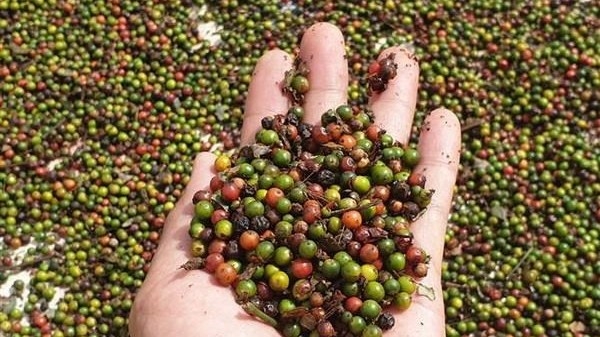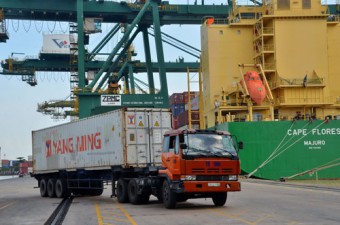
|
The wide variety of Vietnamese spices with their own characteristics are the positive factors that make Vietnam an important supplier of spices for the world market. |
|
The rising global demand for spices is a positive signal for Vietnam. Among Vietnam’s spices, pepper is the most well-known around the world and accounts for the largest share of exports. Currently Vietnam’s pepper is available in 110 countries and territories in the world and makes up 60% of the global market. According to Hoang Phuoc Binh, Vice Chairman of the Gia Lai Chu Se Pepper Association, pepper prices are rising and expected to reach VND250,000-300,000 (US$10-13) per kilogram within the next 8-10 years. Although prices are rising and pepper farmers are no longer incurring losses, the sector is facing certain challenges such as 6 to10-fold increases in shipping costs to the Middle East, Europe and the US. Vietnam’s total pepper cultivation area currently stands at 130,000 hectares with an annual output of 180,000 tonnes, according to Le Duc Huy at the Vietnam Pepper Association, adding that Vietnam’s pepper exports are still stable despite difficulties due to COVID-19. In addition to quantity, the quality and diversity of Vietnamese pepper varieties have also been improved. Huy said that the global demand for pepper and other spices are rising while some suppliers are reducing their exports due to the pandemic and higher logistics costs. According to Le Hoang Tai, Deputy Director of the Vietnam Trade Promotion Agency, Vietnamese spices are varied and always welcomed by the international market, such as cinnamon, star anise, clove, pepper, chili pepper, turmeric and ginger. These are important factors in making Vietnam an important supplier of spices for the world market. In recent years, through various trade promotion activities and technical support, importers, distributors, retailers and consumers in many parts of the world have taken a different view on Vietnam’s spices sector, said Tai. He added that Vietnamese spice exporters increasingly meet better the strict requirements of foreign partners and are capable of supplying safe products with high added value and high quality to many top importers and distributors in many areas around the world. In order to make the export of Vietnamese spices sustainable, many suggest that the government, ministries and relevant agencies need to provide accurate, complete and up-to-date information about the cultivation areas of the world and Vietnam, the stages of processing, circulation and sale, thereby helping players in the sector develop appropriate strategies. India is one of the markets with great potential for Vietnamese spices. The country imports US$1.4 billion worth of spices annually, with pepper accounting for US$120 million, of which US$25-30 million worth of pepper comes from Vietnam, said Bui Trung Thuong, Vietnam’s commercial counsellor to India. In order to boost Vietnamese spice exports to the world and India in particular, Thuong suggested enterprises apply science and technology to create products that meet the taste of a specific market. For the European market, Pham Van Hien, Director of LTP Import Export B.V in the Netherlands noted that Vietnamese enterprises should have a thorough understanding of this market by attending trade fairs and looking for information on the websites of European trade associations if they do not yet have a market research department. Source: Nhan Dan Online |


